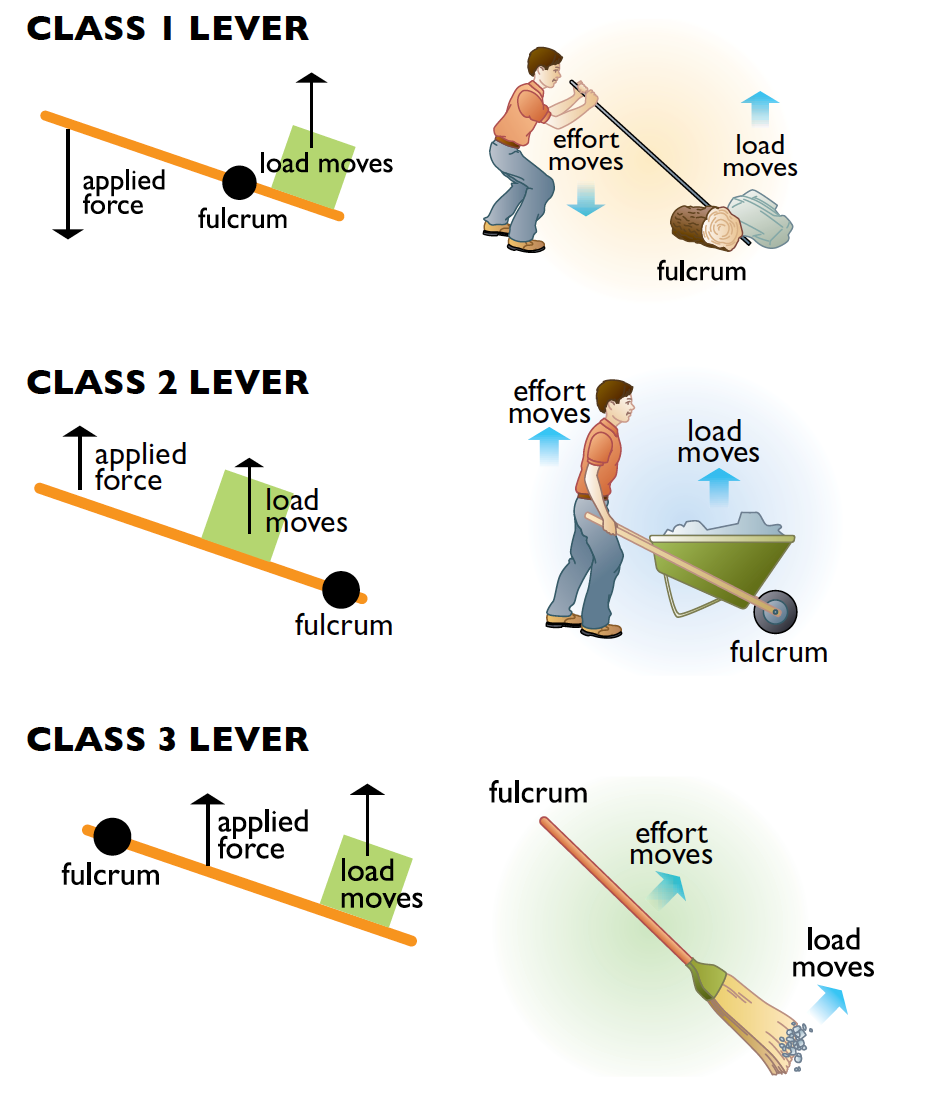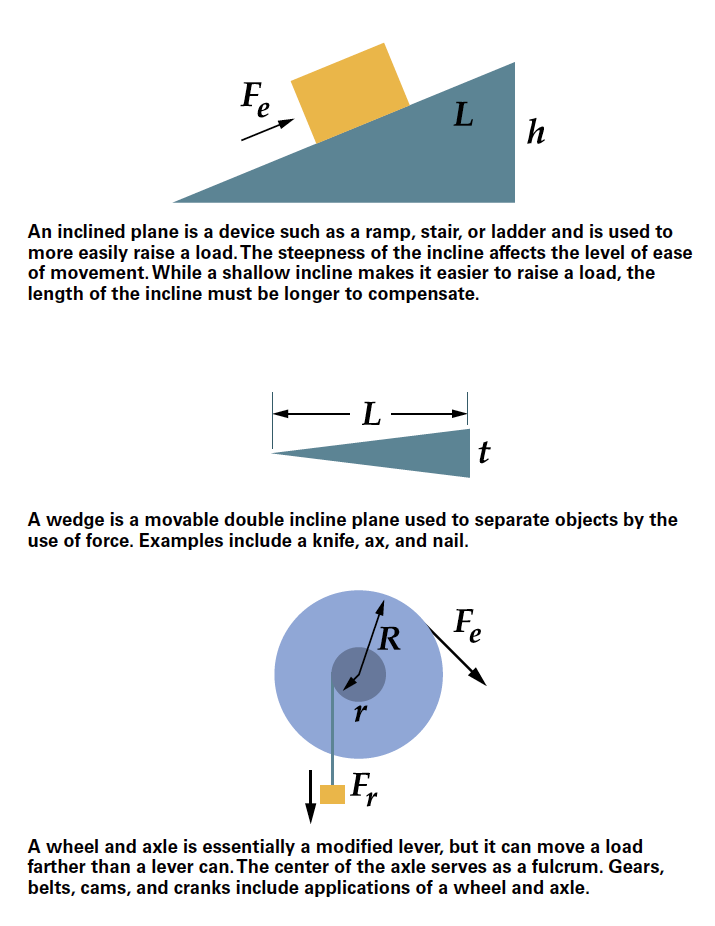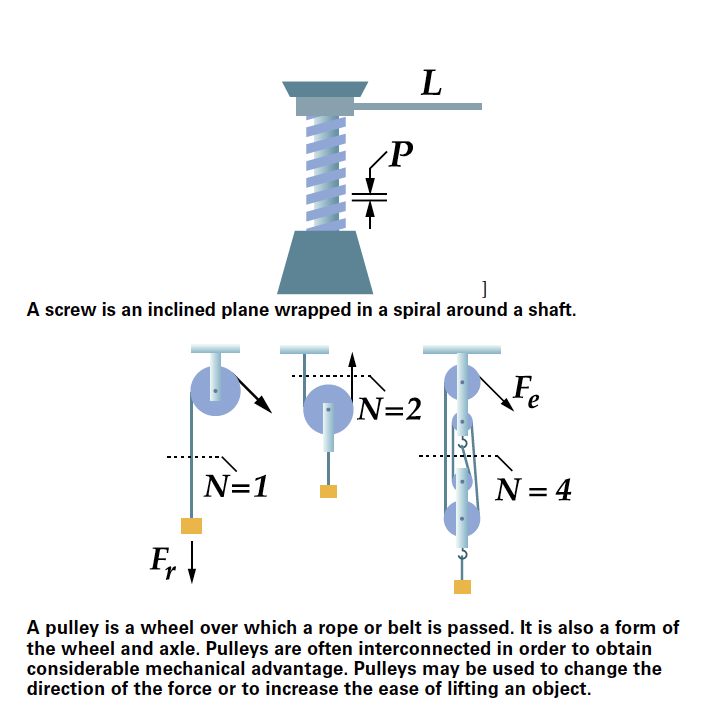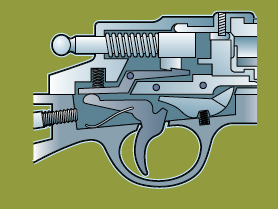This module is designed to help Venturing and Sea Scouts explore how engineering affects their life each day.
Hang On!
Requirements last updated 2022-05-25. There are broken links and outdated information in places and formatting may not match between two Nova awards because the requirements are preserved to match the original state from Scouting America. Where available, the related counselor notes have been included along with the requirements.
1.
Choose A or B or C and complete ALL the requirements.
A.
Watch about three hours total of engineering-related shows or
documentaries that involve motion or motion-inspired technology.
Then do the following:
1.
Make a list of at least five questions or ideas from the
show(s) you watched.
2.
Discuss two of the questions or ideas with your counselor.
Some examples include - but are not limited to - shows found on
PBS ("NOVA"), Discovery Channel, Science Channel, National
Geographic Channel, TED Talks (online videos), and the
History Channel. You may choose to watch a live performance
or movie at a science museum instead of watching a media
production. You may watch online productions with your
counselor's approval and under your parent's or guardian's
supervision. One example is the NOVA Lever, an Obelisk page
on ancient Egypt and the use of levers, available at
https://tpt.pbslearningmedia.org/resource/phy03.sci.phys.energy.vegypt/raising-an-obelisk-an-engineering-puzzle/?student=true&focus=true
B.
Read (about three hours total) about motion or motion-inspired
technology. Then do the following:
1.
Make a list of at least two questions or ideas from each
article.
2.
Discuss two of the questions or ideas with your counselor.
Examples of magazines include - but are not limited to - Odyssey,
Popular Mechanics, Popular Science, Science Illustrated,
Discover, Air & Space, Popular Astronomy, Astronomy, Science
News, Sky & Telescope, Natural History, Robot, Servo, Nuts
and Volts, and Scientific American.
C.
Do a combination of reading and watching (about three hours total).
Then do the following:
1.
Make a list of at least two questions or ideas from each
article or show.
2.
Discuss two of the questions or ideas with your counselor.
2.
Complete ONE STEM field of interest from the following list. Complete ALL
the requirements for a Venturing and Sea Scout exploration in that field.
See STEM Explorations for the requirements. If you
have already completed a Venturing or Sea Scout exploration in one of
these fields, choose a different field for this award. After completion,
discuss with your counselor how the exploration you earned uses
engineering.
Archery, Aviation, Composite Materials, Drafting, Electronics,
Engineering, Inventing, Mining in Society, Model Design and Building,
Railroading, Rifle Shooting, Robotics, Shotgun Shooting
Composites can be found just about everywhere: in airplanes and sports
cars, golf clubs and guitars, boats and baseball bats, bathtubs, and
circuit boards, and even bridges. Composites make bicycles and skis
lighter, kayaks and fishing poles stronger, houses warmer, and helmets
tougher. Venturers and Sea Scouts can choose one of these items for their
discussion to answer requirement 3c.
3.
Do ALL the following.
A.
Make a list or drawing of the six simple machines.
Helpful Links
"Six Simple Machines":
https://www.constructionknowledge.net/
https://www.livescience.com/49106-simple-machines.html
https://www.teachengineering.org/populartopics/simplemachines
A lever is a rigid bar that turns around a fulcrum or fixed
point. The force - a push or a pull that is applied to the
lever - is called the effort. The farther the effort is from
the fulcrum, the easier it is to use the lever. What the
lever moves is called the load or the resistance. Levers can
change the direction of motion, make it easier to move
something, or cause something to move a greater distance.
There are three classes, or types, of levers. Class 1 lever -
The fulcrum is located between the effort and the load. The
direction the load moves is opposite the direction of the
effort. Depending on where the fulcrum is placed, a class 1
lever can either move the load more easily or move the load a
greater distance. Examples of class 1 levers include seesaws,
crowbars, scissors, and pliers.
Class 2 lever - The fulcrum is at one end, the effort is at
the other end, and the load is in the middle. The effort and
the load move in the same direction.
A class 2 lever makes an object easier to move. Examples of
class 2 levers include catapults, screwdrivers, nutcrackers,
staplers, and wheelbarrows.
Class 3 lever - The fulcrum is at one end, and the effort is
applied between the fulcrum and the load. The effort and the
load move in the same direction. A class 3 lever makes an
object harder to move but moves the object a much greater
distance than the effort moves. Because the load end moves
faster than the effort (it has to travel farther during the
same amount of time), the load gains speed. Many sporting
activities use class 3 levers.
Examples of class 3 levers include bats, rackets, paddles,
clubs, fishing poles, and brooms.






B.
Be able to tell your counselor the name of each machine and how
each machine works.
C.
Discuss the following with your counselor:
1.
The simple machines that were involved with the motion in
your chosen STEM exploration (Hint: Look at the moving parts
of an engine to find simple machines.)
Helpful Links
"Six Simple Machines": ConstructionKnowledge.net
Website:
https://www.constructionknowledge.net/general_technical_knowledge/general_tech_basic_six_simple_machines.php
- Archery - The bow is a lever, and the hand is the fulcrum. Crossbows use a pulley.
- Aviation - Wheel and axle, levers, and pulleys. Propellers are a type of screw.
- Composite Materials - Composites can be found just about everywhere: in airplanes, golf clubs, baseball bats, circuit boards, and even bridges. Composites make sporting equipment lighter and stronger, houses warmer, and helmets tougher. Pick a composite product and discuss the machines made of the components.
- Drafting - Incline plane (triangle), wheel and axle, and lever.
- Electronics - Varies. Lever used in soldering irons, switches, and circuit breakers (see https://electronics.howstuffworks.com/circuit-breaker.htm).
- Engineering - Engineering makes use of all the simple machines. See https://www.teachengineering.org/lessons/view/cub_simp_machines_lesson01
- Inventing - Inventors can use simple machines to help them construct their prototypes; their inventions may incorporate simple machines.
- Model Design and Building - Tools such as knives (wedge), handsaws (wedge), vises (screw and lever), files, hammers (lever), screwdrivers (lever), hand drills (screw, wheel and axle), drill bits (screw), and pliers (two levers working together).
- Railroading - Levers, wheel and axle.
- Rifle Shooting - The fulcrum (pivot point) in the
trigger mechanism is between the effort (applied by the
trigger finger) and where the pressure (the load or
resistance) is applied to the spring.

- Robotics - Robot designers and builders can use simple machines to help them build their robots. Robots may contain simple machines to help them function, like how the human body incorporates simple machines.
- Shotgun Shooting - See Rifle Shooting.
2.
The energy source causing the motion for the subject of your
STEM exploration.
3.
What you learned about motion from earning your STEM
exploration.
Wind, gasoline/fossil fuel, electric power, and human
power all are sources of energy.
4.
Choose A or B and complete ALL the requirements.
A.
Visit an amusement park. Then discuss the following with your
counselor:
1.
The simple machines present in at least two of the rides
2.
The forces involved in the motion of any two rides
B.
Visit a playground. Then discuss the following with your counselor:
1.
The simple machines present in the playground equipment
2.
The forces involved in the motion of any two playground
fixtures
A force is a push or a pull. Many rides use the force of
gravity to cause changes in up and down motion. Rides that go
in a circle use centripetal force.
5.
Do the following:
A.
On your own, design one of the following and include a drawing or
sketch: an amusement park ride OR a playground fixture OR a method
of transportation.
B.
Discuss with your counselor:
1.
The simple machines present in your design
2.
The energy source powering the motion of your creation
6.
Discuss with your counselor how engineering affects your everyday life.

